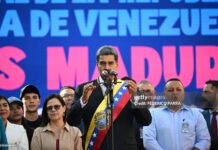News Americas, BROOKLYN, NY, Mon. Sept. 2, 2024: The West Indian American Day carnival parade got off to a great start today until a lone gunman walked up to the crowd and started shooting this afternoon, New York police said.
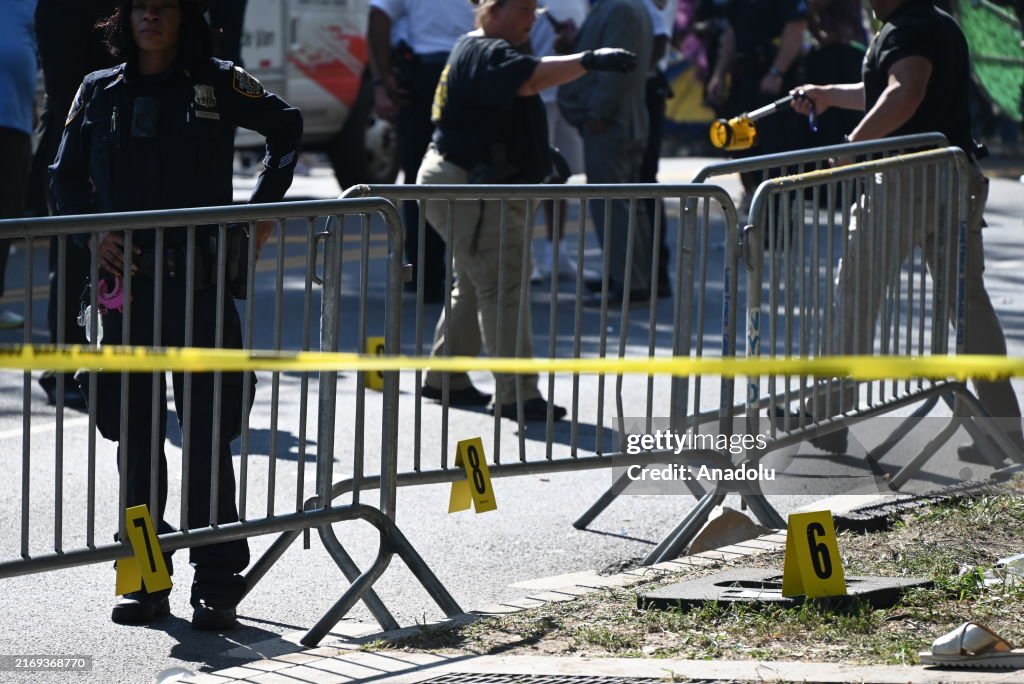
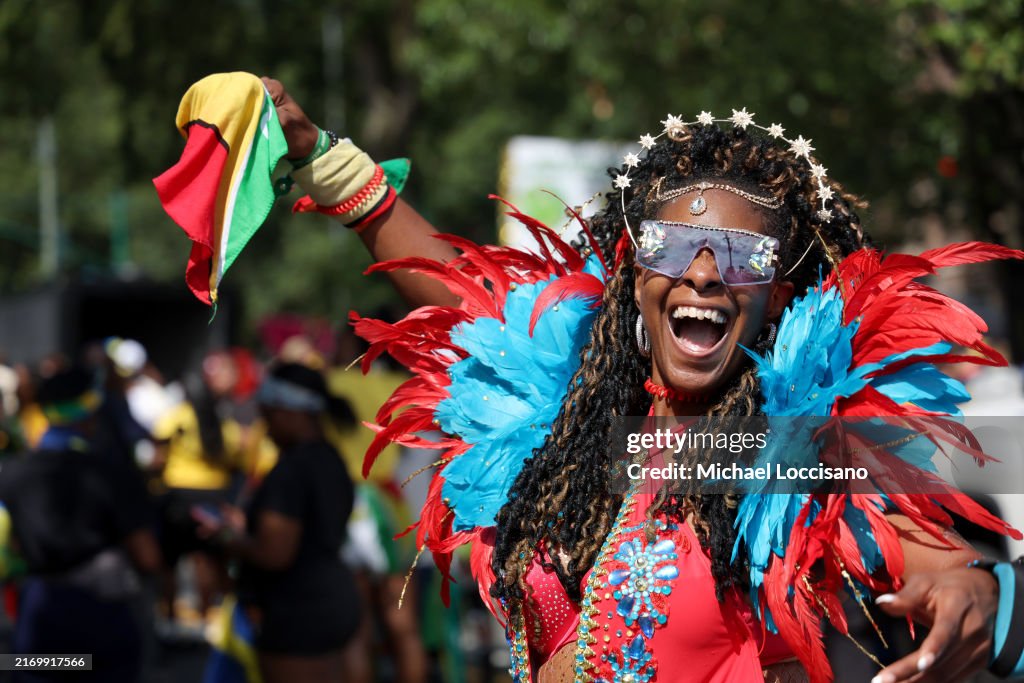
A woman takes part in 2024 West Indian Day Parade on September 02, 2024 in Brooklyn, NY. (Photo by Michael Loccisano/Getty Images)
The shooting marred an otherwise peaceful J’Ouvert and Parade celebration, the 57th annual carnival of Caribbean culture in Brooklyn, and one of the biggest parades in the world.
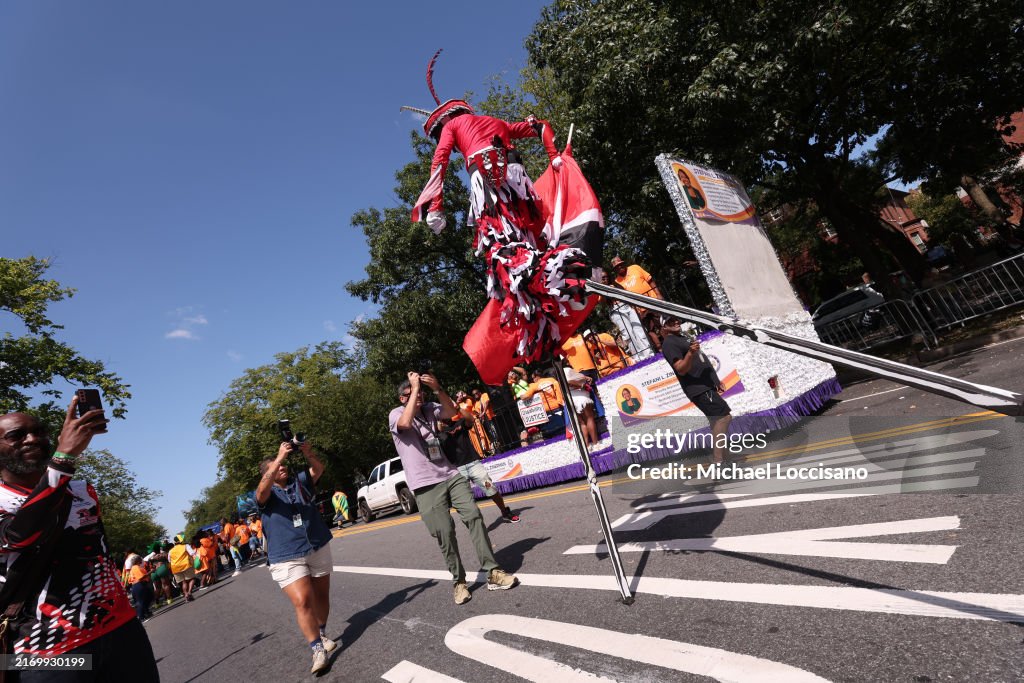
Five people were shot on Eastern Parkway near Franklin Avenue in Crown Heights around 2:45 p.m. EST according to the NYPD. In a news conference, police said 4 males and 1 female were stuck by the gunfire. Police said 2 of the victims are in critical condition and 3 have non-life-threatening injuries.
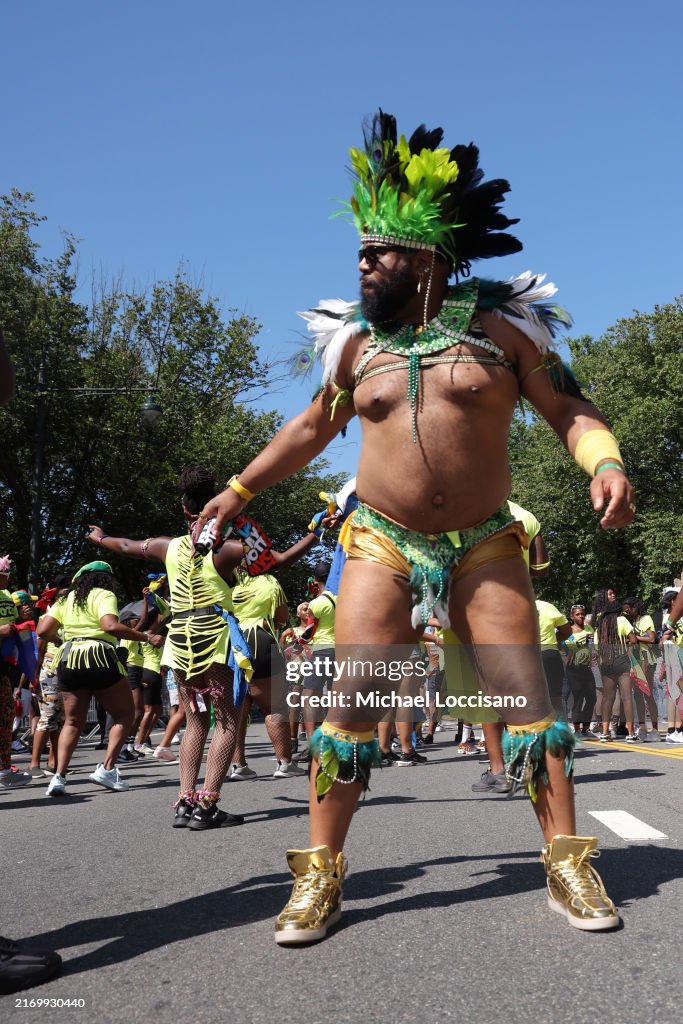
At least one person is still being sought. The suspect is described as a male 6’2″ to 6’3″ slim build. wearing a bandana, brown shirt, who fled Westbound on Eastern Parkway towards Classon Avenue, police said.
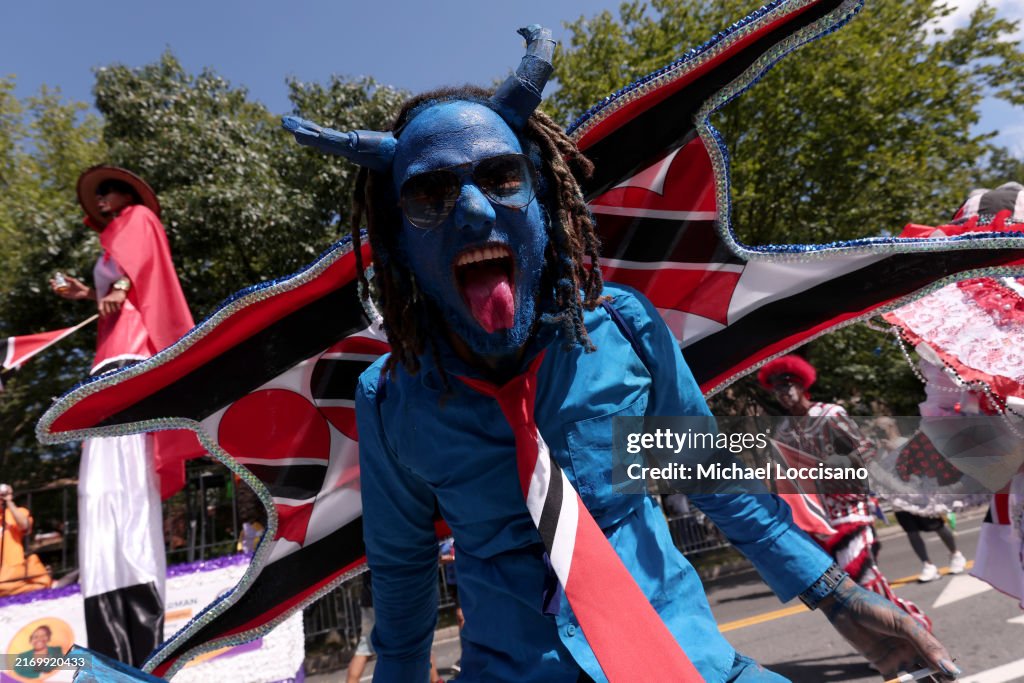
Police are asking the public to come forward with any video of the incident that may be helpful to their investigation.
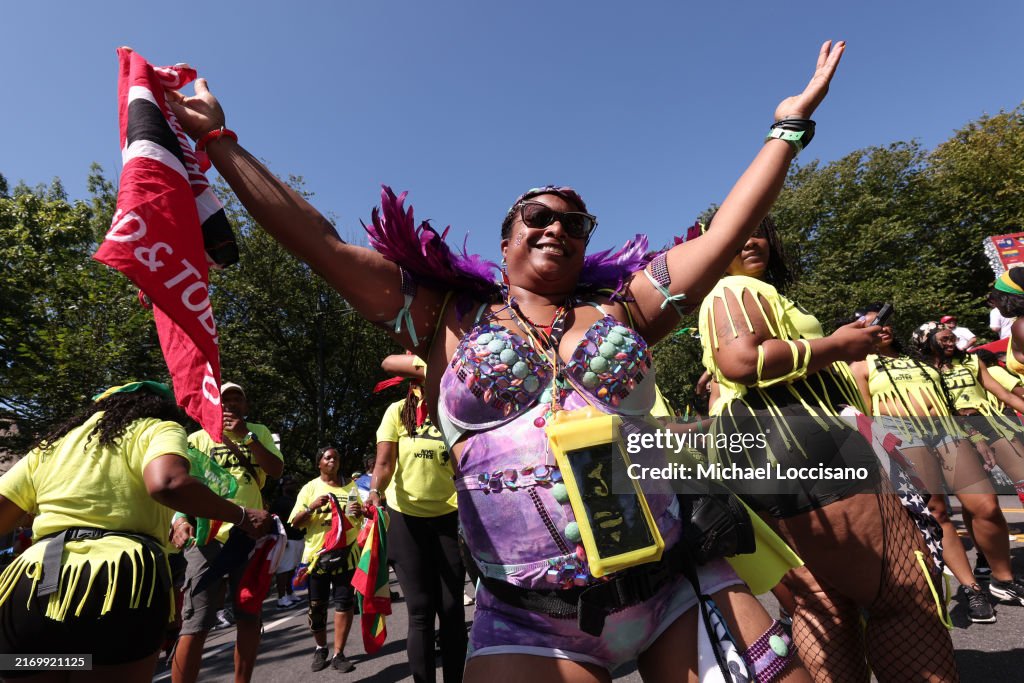
“This was an intentional act by one person toward a group of people,” NYPD Chief of Patrol John Chell said. “We do not by no means have any active shooter, or anything of that nature, running around Eastern Parkway as we speak.”
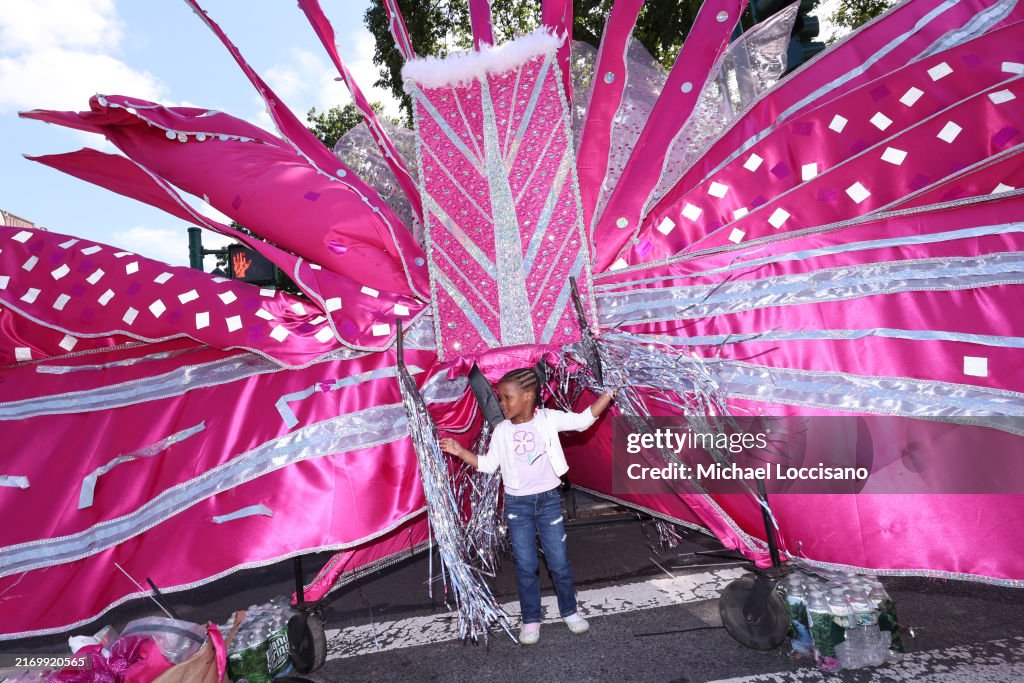
The carnival is presented annually by the West Indian American Day Carnival Association, (WIADCA).
Democratic Leader Hakeem Jeffries of Brooklyn said he is “saddened and horrified by today’s shooting at the West Indian American Day Parade in Brooklyn.”
“My prayers are with the victims and their families during this difficult time. The parade is a beautiful display of culture and community that I have been honored to attend over the years, including this year. Every American should be able to celebrate their heritage without the threat of gun violence,” he added in a statement. “No one in Brooklyn, New York or America is safe until we get weapons of war off our streets. America cannot be the best version of herself until we crush the scourge of gun violence once and for all.”
Mayor Eric Adams and West Indian American Day Carnival Association President Roger Archibald released the following statement on the shooting that occurred at the West Indian American Day Parade: “The West Indian American Day Parade is a joyous event that celebrates the multitude of culture and diversity in our city. But instead of allowing all to enjoy a momentous occasion for our city, a gunman turned today’s celebration into tragedy when he senselessly fired into the crowd, hitting multiple revelers. The NYPD is investigating this incident, and we are grateful for the brave men and women who quickly responded and helped to ensure New Yorkers could continue to be safe while celebrating. While we are keeping the victims and their families in our prayers as they fight to recover, we know we must do more to combat gun violence and ensure the safety of every New Yorker and visitor.”
CARIBBEAN CARNIVAL IN NEW YORK
The roots of Caribbean Carnival in New York City can be traced back to the 1930s when Ms. Jessie Wardell and some of her West Indian friends initiated the celebration in Harlem. Due to the cold February weather, they hosted costume parties in large indoor venues like the Savoy, Renaissance, and Audubon Ballrooms. This timing aligned with the traditional pre-Lenten festivities celebrated in many countries worldwide. However, the indoor setting limited the true spirit of Carnival, which thrives on outdoor parades with music and vibrant costumes.
The first known Carnival street activity in NYC occurred in the 1940s when Ms. Wardell secured a permit for a parade in Harlem. In the 1960s, another Trinidadian, Rufus Goring, brought the Carnival tradition to Brooklyn. By 1967, Goring passed the leadership to Carlos Lezama, who became the president of the West Indian American Day Carnival Association (WIADCA). Lezama nurtured the organization and the Carnival until 2001, when he retired due to ill health, and his daughter, Yolanda Lezama-Clark, took over as president until 2011. In 2012, Thomas Bailey was elected president. All of these key figures spent their early years in Trinidad & Tobago.






